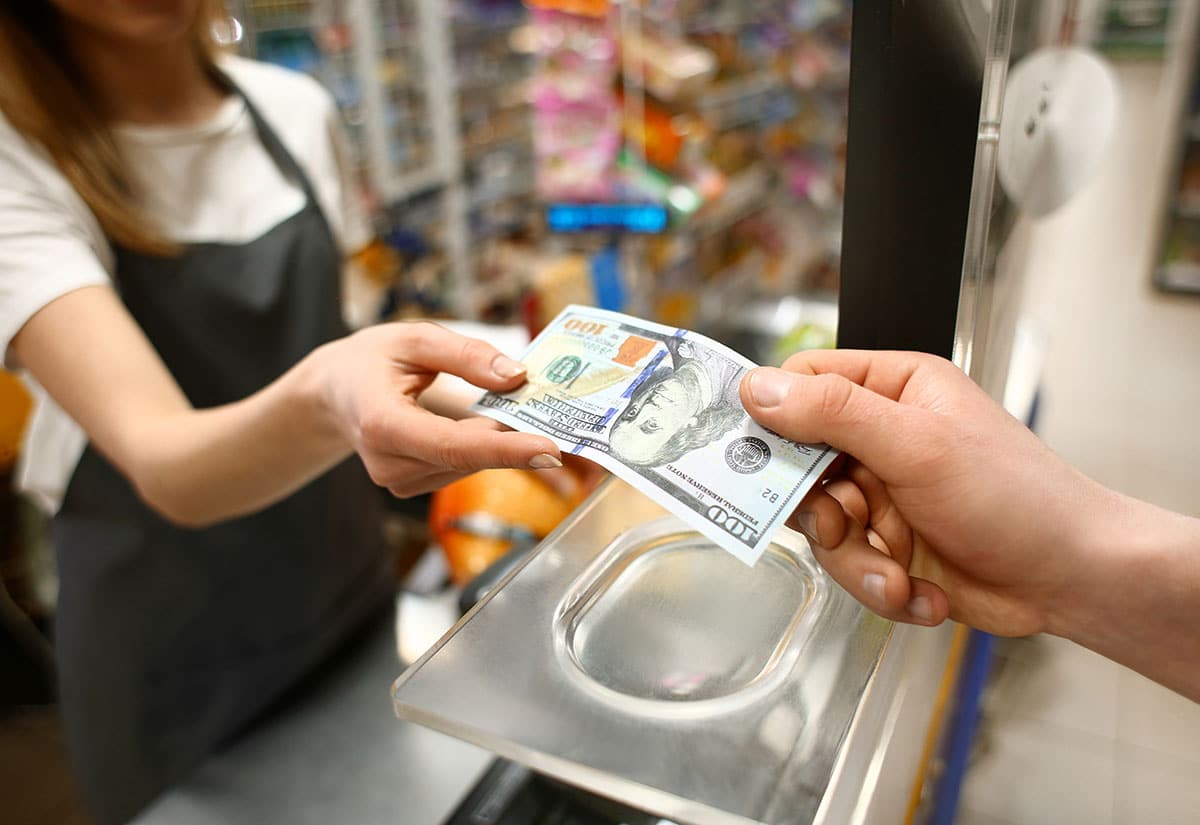Is Cash Really Cheaper Than Credit Card Transactions?
Most businesses are actively looking for ways to reduce their operating costs these days. There’s been some growing buzz about encouraging cash payments over credit card payments as a way to cut credit card transaction fees. The logic being that it costs nothing to accept cash. This may sound appealing, but is it true? Does it really cost nothing to accept cash?
The short answer is no. There are indeed costs associated with cash. They’re just not quite as direct and apparent as with credit card fees. Here are some pros and cons of accepting cash versus credit cards.
Pros of Cash
Just to be clear, my position is not that cash is a bad thing, because it is not. In this day and age, every penny counts – even if it is in the form of pennies! As with many things, there are pros and cons. Whether the pros outweigh the cons is entirely unique to your business. Let’s take a look a few so you can decide for yourself.
Cash is ready to use.
First of all, cash is immediate. You have cash in-hand right at the point of purchase, you do not have to wait to use it, and you can take it to the bank that moment if you want.
No fees applied to cash.
Secondly, you do not pay any fees to accept cash. That’s not to say there aren’t costs associated with cash – we’ll get into those shortly. But the costs of cash are not necessarily paid to external parties. Those costs primarily come in the form of staff time and reduced sales volume.
No fraud chargebacks.
Last but not least, you don’t have to worry as much about fraud with a cash transaction. There is still the risk of counterfeit but according to the US Treasury, about one bill in 10,000 is fake. This seems to be a minor risk when compared to credit card fraud, which continues to rise. However, keep in mind that if you have EMV terminals installed, the liability for chargebacks resulting from fraud shifts to the issuing bank. This gives you added protection on your EMV credit card transactions.
Cons of Cash
Research and advisory firm, IHL Group, estimates that cash transactions cost anywhere between 4.7-15.3 percent of the value of the cash. Note they are costs versus third party fees. These costs vary by business but some examples are below.
Time expended by the back office.
Handling cash can be time consuming for the back office. Consider the amount of time they spend opening the cash drawers, balancing the drawer for shift change, and reconciling with the transaction record at the end of the day. This doesn’t include researching discrepancies that may be uncovered.
Time expended at check out.
Depending on the business you are in, another con of accepting cash when compared to credit cards is that cash may hold up the check-out line. If you’re a retailer, the time it takes to cycle a customer through the line is a big deal. You want to get your customers through the purchase process as quickly as possible.
It takes about 15 seconds for an EMV transaction to run through POS. In contrast, the cash process is a bit slower because there are so many steps involved. The cashier waits for the customer to dig the bills out of the wallet. Then the cashier counts the cash and places it in the drawer. Often, change is due, and that has to be counted out to the customer. Then the line waits while the customer returns the change to the wallet and exits.
In addition, a major contributor to slowing the check-out process is waiting for change to be delivered from the cash office. How many times have you been standing in line when the cashier had to call to get change? It can really slow the check-out line.
Securely transporting cash.
Again, depending on your type of business, security procedures are typically in place when transporting cash to the bank. Often this includes a third party service to pick up the cash. That comes with its own expense.
Risk of theft.
Cash is always vulnerable to theft either by employees or others. Theft can occur directly from the drawer, during the cash count, or on the way to the bank. While cash theft often can be caught when the register is balanced, it is difficult to pinpoint the employee responsible. Once the cash is gone, it is gone.
Customers typically spend less when paying with cash.
While cash doesn’t have the same fees as credit card transactions, it doesn’t deliver the same sales volume either. I recently read an article that indicates the average cash transaction at $22. Compare this to the average non-cash transaction of $112, and the difference is huge.
Businesses are unique, though, and these averages may not apply to you. I recommend calculating your average cash transaction and compare it to your average credit card transaction. If you’re in a retail or restaurant environment, the differences may be significant. In contrast, if you are an optometrist or dental practice, there may be no difference in the transaction amount at all.
The Benefits of Credit Card Transactions
Sure, there are processing and interchange fees associated with credit card transactions. However, it’s important to consider what you get in return for these fees:
- Funds are good versus the risk of non-sufficient funds of checks
- Credit card transactions are trackable
- Handling costs are lower
- Risk of theft is reduced
- Back office reconciliation is easier and quicker
- Convenient for customers: it’s a fast, easy, and lower touch/contact payment method
- Customers spend more when paying by credit card
The year 2020 has been a challenging one to say the least. Looking for ways to process transactions more cost-effectively to cut costs are definitely high on the priority list for most. Comparing the costs of accepting cash versus credit cards is a great way to evaluate your expenses. Just make sure any cuts you make are the right ones for your unique situation.



